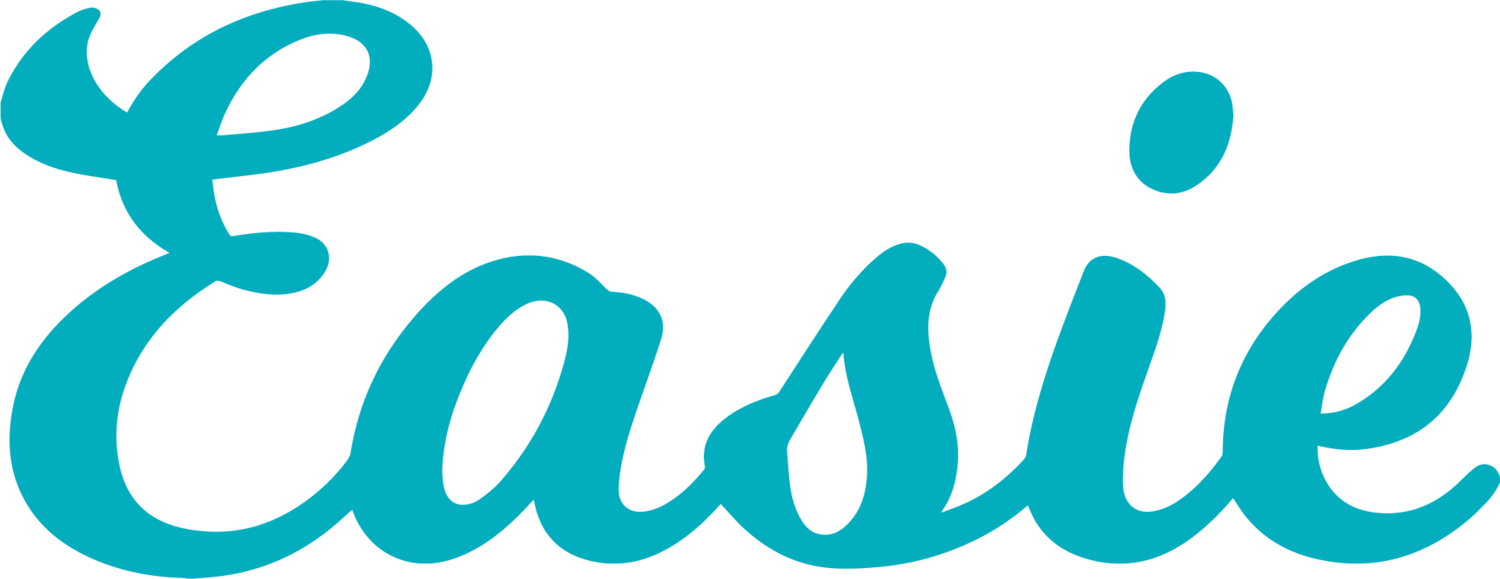How restaurants can make extra money during COVID-19
As the world continues to fight COVID-19, people are largely left in their homes, sheltering in place, wondering when they will be able to go outside again. This has left restaurants with an immediate, sudden drop in business activity with no definite end in sight. Cities in regions implementing lockdown guidelines generally are still allowing pickup and delivery service.
Suddenly, people are wondering whether it is even safe to go to the grocery store. Traditional food delivery apps in the gig economy like Instacart and Shipt are operating, however at strained capacity, especially for traditional grocery stores. E.g. Amazon Fresh reservations are highly competitive and inventory is often limited.
Restaurants still have access to same-day delivery
Many people are using apps like Doordash, Postmates, UberEats and other food delivery services for restaurants and their traditional menus. Restaurants have started taking advantage of this by adding grocery boxes to their delivery menus. By offering a few different options for fruits, vegetables and other essentials, restaurants can boost sales and help the public with quarantine.
Case study: Tendergreens
TenderGreens is a small chain operating on the US west coast offering various salad options using fresh, high-quality whole foods. Their multiple physical locations historically offered dine-in as well as takeout/delivery. After COVID-19 ramped up in the US, foot traffic to their locations plummeted and takeout/delivery became their main focus.
Shortly into the crisis, TenderGreens posted the following Ad on Instagram:
The ad was simple and spoke to a direct need that most people were having: I need to get groceries to my house, and not five days from now. Their offerings were simple:
Veggie box: $25: yukon potatoes, yellow onion, carrot, celery, garlic, asparagus, sweet potato, ginger, turmeric, parsley, cilantro, roma tomatoes, and toilet paper.
Fruit box: $30: fuji apples, navel oranges, strawberries, blueberries, pineapple, lemon, banana, grapes, and toilet paper.
Pantry box: $40: bread, pasta, salami, tomato sauce, cheese pecorino, yellow onion, grain, garlic, bottle of wine and toilet paper.
Indoor picnic: $65: 3 bottles of wine, grapes, crackers, salami, cheese, half of a baguette (par baked), berry preserve, cornichon, mustard, and olive oil.
There were other options as well besides these. At the time this article was written, we speculate that this program was doing well as their box offerings expanded in the ongoing days.
Tendergreens used Olo for their checkout: it is a simple checkout software interface used by restaurants to interact with and serve customers. After placing the order through their simple checkout portal, the boxes we ordered arrived within one hour.
The food arrived contact-free in a simple box and delivery was handled by Postmates on the backend. Our team did not have to interact with the Postmates app during this process.
Tendergreens including items like toilet paper and wine which made the process feel more relaxed and cheeky. The process was simple, quick and created great brand loyalty with Tendergreens for us. Other companies are starting to do this as well, like Marketbox SD helping aggregate offerings from farmer’s market vendors in San Diego.
Restaurants are already buying bulk amounts of groceries
Restaurants have a novel competitive advantage in this situation. Restaurants have existing relationships with vendors, food distributors and wholesalers across the supply chain. Each restaurant must review its unique list of bulk ingredients it has access to. Here is the process we’d suggest for a restaurant to develop their own grocery boxes:
Start by looking at what food you are buying in bulk today
Evaluate your menu on hand and what bulk ingredients you are already buying. For Tendergreens, they were able to offer a wide variety of lettuce, produce and other greens due to their existing supply chain for offering salads. What foods does your restaurant have? Items like potatoes, bread, cheese, apples, coffee and wine are some examples. You should not stop offering your normal menu during this process.
Look at the viability of your existing supply chain and whether you can still receive more food shipments in the future. There may be shortages for some items and lead times may be higher than usual due to the crisis. It is important for restaurants to evaluate the financial viability of creating grocery boxes against their actual costs with financial modeling.
Based on this review, make decisions about what type of grocery boxes you can offer.
What does your website and delivery situation look like now?
Is your restaurant already working with delivery services like UberEats, Doordash or Postmates? Does your restaurant have a website that can handle orders? Does someone on your team know how to easily update your website and add products? Based on this, develop your digital products to offer these new boxes. Olo is a suggested resource to use to facilitate this process.
Figure out if new packaging supplies are needed
Grocery boxes require a high volume of corrugated boxes, tape and other packaging supplies. You should evaluate how many boxes you can make with the food you’ve decided to include in your boxes and make projections for supplies volume based on that. Boxes can range in price and Uline is a suggested starting point for this.
Create Facebook and Instagram ads
Create geo-targeted ads around where your restaurant is in broadly categorized demographics. The ads should be simple, easy to understand and right to the point (i.e. use the word “grocery boxes” in your ad copy). Instagram and Facebook will allow you to create ads that go straight to the shop section of your site for both web and mobile.
This should get the word out relatively quickly and hopefully you will see sales, help the public stay inside and ensure food is not wasted.
We stand with all the businesses affected by this crisis and continue to do everything we can to help.
Easie can help you develop YOUR unique grocery boxes and launch plan quickly
Schedule a free 15-minute consultation


